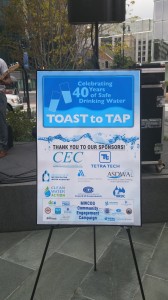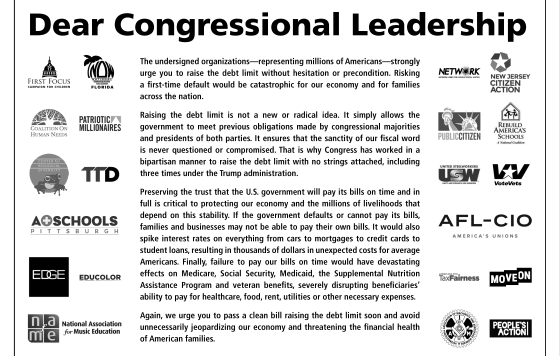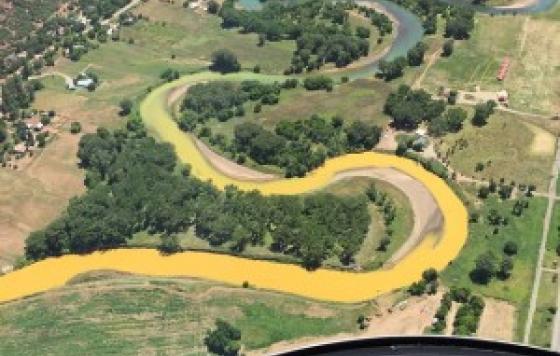
By Lynn Thorp, National Campaigns Director - Follow Lynn on Twitter (@LTCWA)
Today is the 40th anniversary of the Safe Drinking Water Act. Like our drinking water itself, a lot of people don’t think much about SDWA (pronounced Sid Wah) until there is a problem. But the important thing about our nation’s landmark drinking water law is that its implementation chugs along no matter what. Today the Environmental Protection Agency (EPA), the water sector including the Public Water Systems regulated by SDWA and public health and environmental organizations can celebrate four decades of progress in setting standards for contaminants, in research, in public education and in fascinating evolution of understanding about the complexities of providing water to the public and of what it means to regulate that activity.
When I woke up this morning, DC was experiencing a water main break and thus disruptions to traffic and Metro service downtown. Our water infrastructure is just one example of the miracles and challenges implicit in the business of water. Most of the time, those pipes bring water to our taps for drinking, cooking, bathing and so many other daily activities in our homes and businesses. Most people don’t think much about it until one of those pipes break. Then we notice, mostly in frustration. Water infrastructure replacement and modernization will be one of the great challenges of the next 40 years. Not only do we need to invest billions of dollars in these deteriorating systems, but we are learning fascinating things about what goes on in those pipes and how that relates to public health protection.
There are other challenges, including reforming how we regulate all of our activities so that our drinking water sources are better protected. Clean Water Actions likes to say we should Put Drinking Water First, by which we mean making the ultimate impact on drinking water sources a primary consideration when we are controlling pollution from the many activities which can lead to contamination. How we get our energy, how we grow and make our food, how we manufacture products and how we build our cities and towns all impact drinking water quality.
Examples are ripped from this year’s headlines. In Charleston WV this year, we saw how a poorly managed chemical tank could thoroughly disrupt daily life for weeks and result in tens of millions of dollars lost to a local economy. In North Carolina, we saw how failing to regulate the second largest waste stream in our country (coal ash waste) contributed to the Duke Energy coal ash spill that threatened the Dan River and drinking water sources in two states. In Toledo OH, we saw how failure to control nitrogen and phosphorus runoff, much of which results from agricultural activities, promotes growth of Harmful Algal Blooms. When Harmful Algal Blooms produce the toxic cyanotoxins in a drinking water source like Lake Erie, we have a problem for a whole metropolitan area.
We can do better. Last week, the Source Water Collaborative released a Call to Action to signal that we need a recommitment to protecting drinking water sources. The Source Water Collaborative is just one of the exciting examples of our work to build new and creative alliances to push for innovation in drinking water protection. We can Put Drinking Water First and that will drive Clean Water Action’s work for the next 40 years of the Safe Drinking Water Act.
The referenced media source is missing and needs to be re-embedded.
Celebrating 40 years of Safe Drinking WaterRelated Posts
Stay Informed
Get the latest updates and actions:
Thanks for signing up!
There was a problem processing your signup. Please try again.


